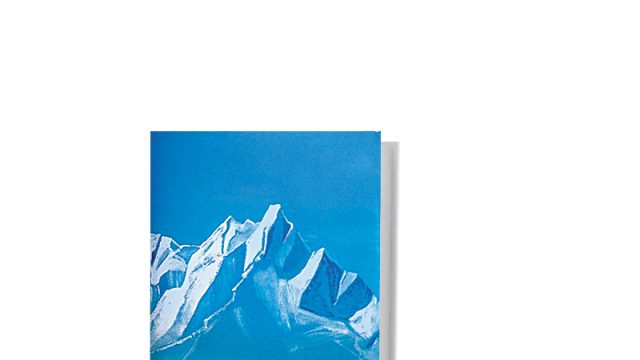As the Puranic epigraph to this book suggests, the Himalayas have held humans in thrall since before recorded history. They have figured in mythology, religion, stories, art—reaching us through word of mouth or text over the millennia. The canon of Himalayan writing is, then, so vast that even the most enthusiastic reader could not savour it all.
It is in such circumstances that anthologies come into their own, offering what their editors put together, usually for the general reader who wants to taste rather than dine, sampling a bit here or there. They aren’t in my experience entirely satisfactory, but they do have a purpose.
Himalaya is a fine example of such anthologies. The pieces are almost invariably of the highest quality—readable, intimate, candid and evocative. Many of them will touch a chord with anyone who has even a passing acquaintance with the high hills, and offer some understanding to those who may not know what these mountains mean in their widest sense to the life and beliefs of millions. The anthology includes a fragment from the Hindu scriptures, a description of the travels of the Chinese monk, Faxian, 1,600 years ago, Emperor Jahangir’s own account of 400 years ago, as well as a few of travels in the 19th century.
Beyond that, however, it is about exploration, meditation and life in the 20th century and later, taking in the writing of authors whose names are widely recognised—Mark Twain, Swami Vivekananda, Jawaharlal Nehru, Peter Matthiessen, Rabindranath Tagore and Jim Corbett, to name but a few, as well as those less renowned or virtually unknown.
One of the more appealing aspects of this anthology is the inclusion of sensitive and revealing writing from well-published Indian writers as well as texts not so easily accessible. So, while some of the pieces are predictable (there are three on Everest in the adventure section, for example) there is much that is unexpected, especially in the other two sections, meditations and life.
Among these literary surprises, Amitav Ghosh takes us to the Siachen glacier, Dom Moraes looks surreptitiously for Chinese soldiers across the Nathu La, Bill Aitken spills the beans on some religious places, Viki Mackenzie introduces us to a British woman who spent 12 years in a cave in Lahaul, Arundhathi Subramaniam reveals her emotions on coming face to face with Mount Kailash, and Jiya tells us what it was like to grow up in Almora around the time of Independence. Where many more shed light on or explore this abode of snow and the people who inhabit the hill ranges that build up to it, others find it an occasion to look inwards.
This is then, not surprisingly, a somewhat eclectic collection, united solely by the eponymous mountain range rather than any other obvious thread. It is a pity the authors didn’t think of going beyond their preface and introduction to give us an essay on what in their view unites these many diversities, what these essays, descriptions and experiences come together to tell us about why the Himalaya so fascinates the human mind.
Readers searching for an answer to this may come to their own conclusions, but in the wider scheme of things the answer has long remained elusive and ephemeral. Perhaps it’s meant to be, a bit like Vivekananda’s tiger in the anthology—one minute there to see and the next minute gone.




